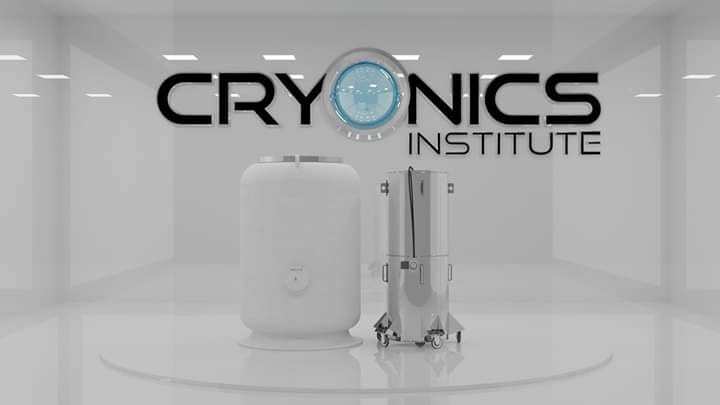
Category: futurism – Page 1,025

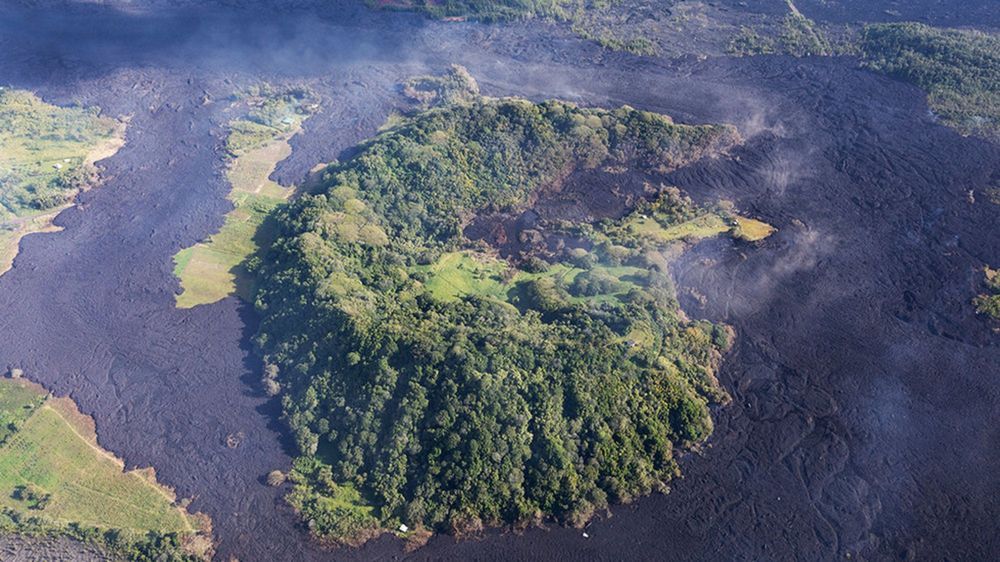
Water Found in Hawaiian Volcano Could Lead to Eruptions
Hawaii’s Kilauea volcano could be gearing up for an eruption after a pond of water was discovered inside its summit crater for the first time in recorded history, according to the AP.
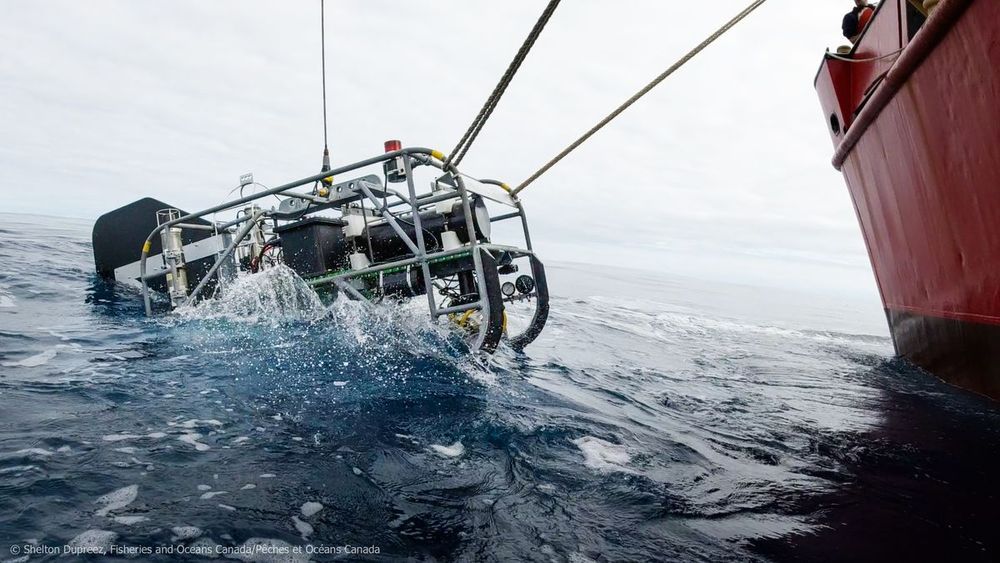
Underwater volcano expedition off coast of Vancouver Island reveals hidden world
In the cold waters off the west coast of Vancouver Island, scientists have found a hidden oasis teeming with corals, sponges, and creatures more typical of warmer waters to the south.
The discovery is among the most significant finds from a two-week trip conducted by researchers with the Department of Fisheries and Oceans, the Nuu-chah-nulth Nations and other partner organizations. The expedition dropped a camera on a cable down about 2,000 metres into the depths as part of an examination of Explorer Seamount, Canada’s largest underwater volcano.
“We found a coral garden that is like something you would see in the tropics, with a large coral community home to fish and octopus like everything you would expect to see in Hawaii, but you find it here in Canada deep below the surface where the sun doesn’t reach,” said Dr. Cherisse Du Preez, marine biologist at Fisheries and Oceans Canada.

After You Die, These Genes Come to Life
From the time we see Bambi’s mom bite the dust, we all know what death is. At least, we think we do. But the simple definition of death—that the body stops working—doesn’t take into account how weird our bodies actually are.
“We really know nothing about what happens when you die,” says Peter Noble, a former professor at the University of Alabama. Noble knows firsthand that surprises await scientists studying the end of life: he helped discover that long-dormant genes can spring into action hours or even days after an organism dies.
Meet the hyperaccumulators
It’s amazing these plants exist at all.

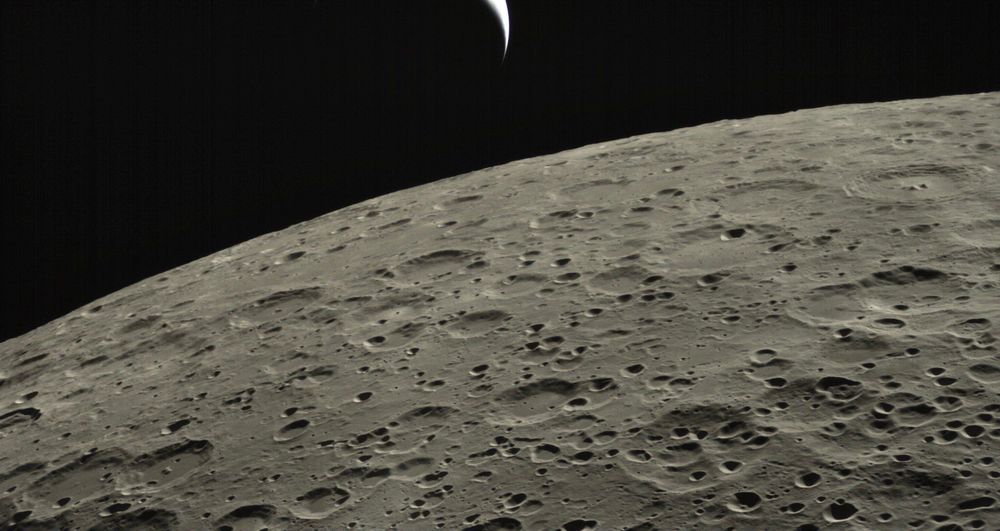
Lunar Orbiter Longjiang-2 Smashes into Moon
Don’t worry, this was a planned end for a tiny satellite that has been a huge success.
At 14:08 UTC on 31 July, Longjiang-2, also known as DSLWP-B, passed behind the Moon for the last time. Half an hour later, with an absence of new signals to indicate a reappearance, it was clear that the Moon had lost an orbiter and gained a new crater on its far side. According to a prediction by Daniel Estévez, the 50-centimeter-tall, 47-kilogram DSLWP-B satellite impacted at 14:20 UTC.
Not to worry—this was a planned measure to prevent potential collisions or debris for future missions. A maneuver performed 24 January lowered the periapsis of the satellite’s lunar orbit by about 500 kilometers, with orbital perturbations over time seeing the satellite impacting the Moon Wednesday after 432 days in lunar orbit.
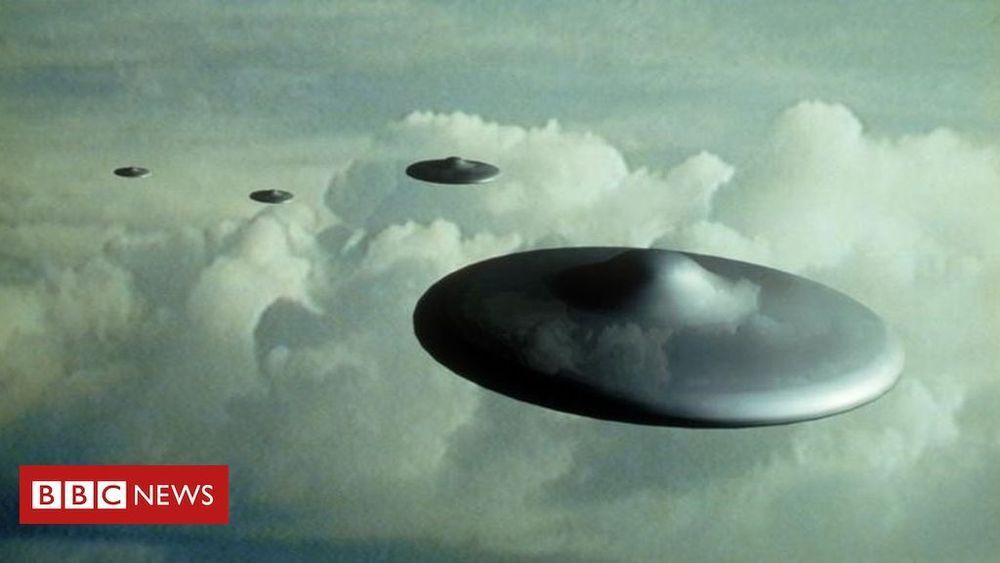
Application filed by Klaus L Hansen
Dec. 23, 1952 K. L. HANSEN 2,623,201
SYNCHRONOUS MOTOR Filed Aug. 5, 1950 s Sheets-Sheet 1 1 A0/d577i645 l i A? AZ v fl/Z INVEN TOR. M 13 Z. 351151 1? 2 m WWW; filth/way Dec. 23, 1952 K. L. HANSEN 2,623,201.